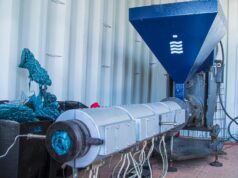The industrial landscape has come a long way in terms of innovation and progress, with each passing day witnessing the development of state-of-the-art technologies. One such revolutionary invention is industrial laser cleaning—a non-contact, non-abrasive, and environmentally friendly cleaning technique. This groundbreaking method has the potential to transform industries and redefine cleanliness standards. But what exactly is an industrial laser cleaner, and how does it work? Let’s unravel the mystery together.
As a general definition, an industrial laser cleaner is a device that utilizes the power of laser beams to remove contaminants, such as rust, paint, or coatings, from various surfaces. This high-precision cleaning technique ensures minimal damage to the base material, thereby preserving its integrity.
The Science Behind Industrial Laser Cleaning
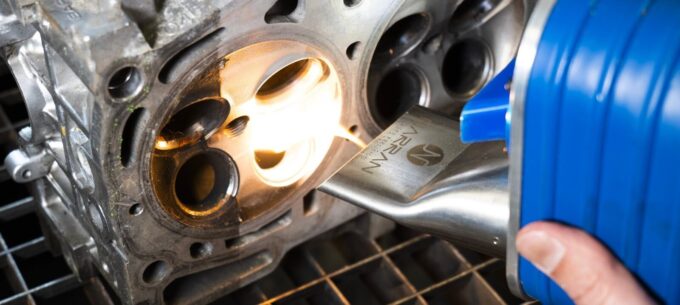
Unleashing the Power of Lasers
To fully comprehend the workings of an industrial laser cleaner, one must first understand the fundamentals of laser technology. Laser, an acronym for Light Amplification by Stimulated Emission of Radiation, is a concentrated beam of light that carries energy. Lasers are classified into different types based on their power output, wavelength, and mode of operation, with each type having its own unique properties and applications.
The Process of Laser Ablation
The core principle behind industrial laser cleaning is laser ablation—a process that entails the removal of material from a surface by vaporizing it using focused laser beams. When the laser beam is directed at the contaminated surface, it rapidly heats the contaminants, causing them to expand and eventually evaporate. This process leaves the underlying material intact, making it an ideal solution for cleaning delicate surfaces or those with complex geometries.
Key Components of an Industrial Laser Cleaning System
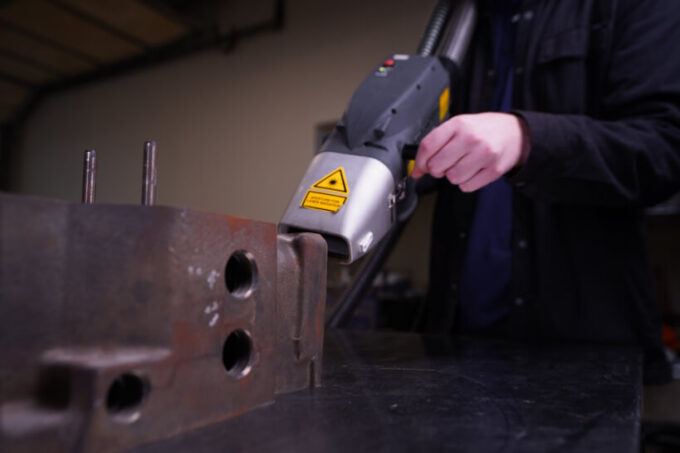
An industrial laser cleaning system typically comprises the following components:
Laser source: This generates the laser beam used for cleaning.
Beam delivery system: This system guides the laser beam to the target surface.
Scanning system: This system controls the movement and positioning of the laser beam on the surface.
Control system: This component manages the operation of the entire laser cleaning system, allowing for customization of cleaning parameters.
Extraction system: This system collects the vaporized contaminants and prevents them from redepositing onto the surface.
Applications of Industrial Laser Cleaning
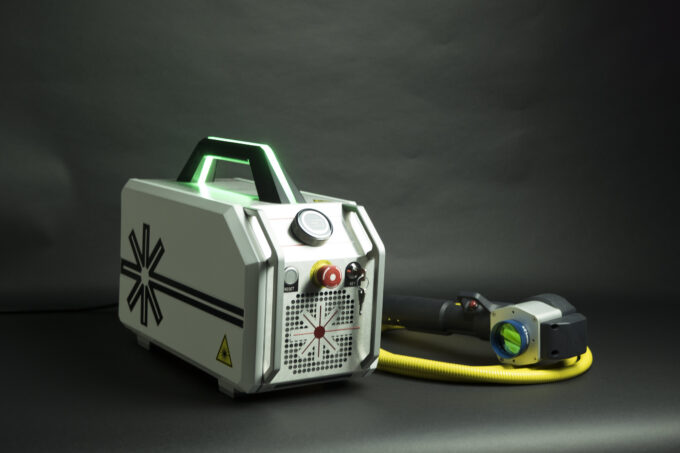
Industrial laser cleaning has proven to be a versatile and efficient cleaning solution across various industries. Some prominent applications include:
Surface Preparation
Industrial laser cleaning can be used to prepare surfaces for further processing, such as painting, coating, or welding. By removing contaminants, it ensures a clean and uniform surface, which enhances the adhesion and overall quality of the subsequent processes.
Rust and Corrosion Removal
Laser cleaning is particularly effective in removing rust and corrosion from metal surfaces, which helps prolong the lifespan of industrial equipment and structures.
Mold Cleaning
Industrial laser cleaners are used to remove mold residue and other contaminants from injection molding tools, improving the quality and consistency of manufactured products.
Restoration and Conservation
Laser cleaning is also employed in the restoration and conservation of historical artifacts, as it can effectively remove surface contaminants without causing damage to the underlying material.
Advantages of Industrial Laser Cleaning
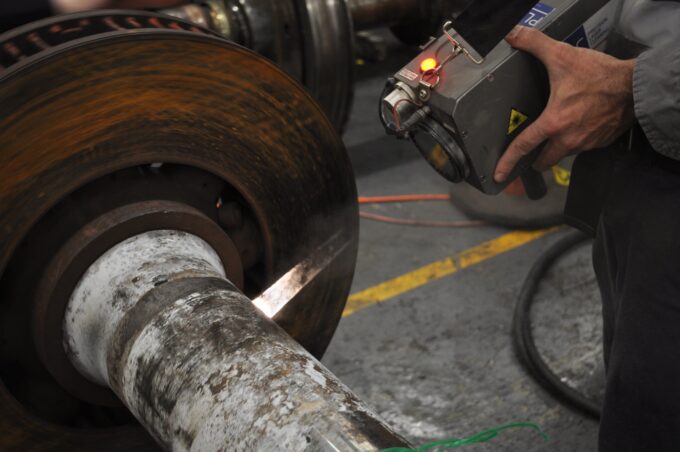
Industrial laser cleaning boasts numerous benefits, including:
Non-contact and non-abrasive nature: This prevents damage to the base material, making it suitable for delicate surfaces.
Precision and accuracy: Laser cleaning can target specific areas and remove contaminants with minimal impact on surrounding areas.
Environmentally friendly: The process does not involve the use of chemicals or generate hazardous waste, making it an eco-friendly alternative to traditional cleaning methods.
Increased productivity: Laser cleaning is faster than most conventional methods, which leads to increased efficiency and reduced downtime.
Low maintenance: Industrial laser cleaners have fewer moving parts, resulting in lower maintenance requirements and costs.
Choosing the Right Industrial Laser Cleaning System
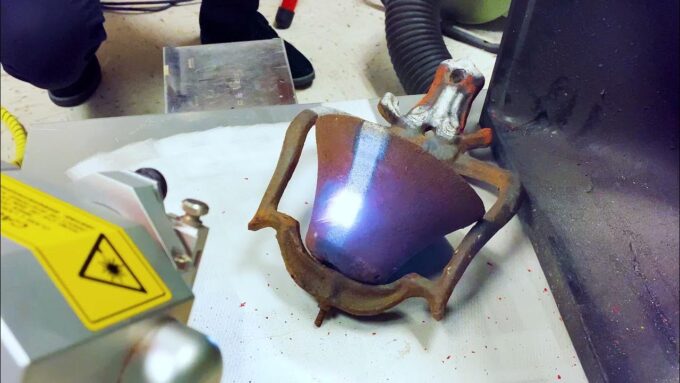
When selecting an industrial laser cleaning system, several factors must be considered to ensure optimal performance and results. These factors include:
Type of Contaminant and Material
The nature of the contaminant and the material being cleaned play a crucial role in determining the appropriate laser cleaning system. Different types of contaminants and materials may require different laser wavelengths and power levels for effective cleaning.
Cleaning Speed and Precision
The desired cleaning speed and precision will impact the choice of laser cleaning system. Systems with higher power output and advanced scanning capabilities can achieve faster cleaning speeds and higher precision.
Budget and Operating Costs
The initial investment and ongoing operating costs of a laser cleaning system should be considered when making a decision. Factors such as energy consumption, maintenance requirements, and consumable expenses can influence the overall cost of ownership.
Safety and Environmental Considerations
Ensure that the chosen laser cleaning system complies with safety and environmental regulations to protect both the operators and the environment.
The Future of Industrial Laser Cleaning
As industries continue to seek sustainable, efficient, and cost-effective cleaning solutions, the adoption of industrial laser cleaning is expected to grow. Advancements in laser technology and the development of more affordable and compact systems will further broaden the range of applications, making laser cleaning an integral part of various industrial processes.
In Conclusion
Industrial laser cleaning is a revolutionary technology that harnesses the power of laser beams to provide a non-contact, non-abrasive, and environmentally friendly cleaning solution. With numerous advantages and a wide range of applications, this innovative method is transforming the way industries approach cleanliness and maintenance. By understanding the science behind laser cleaning, the components of a laser cleaning system, and the factors to consider when selecting a system, businesses can leverage this cutting-edge technology to improve efficiency, reduce costs, and protect the environment. The future of industrial cleaning is here, and it shines brightly with the promise of lasers.




